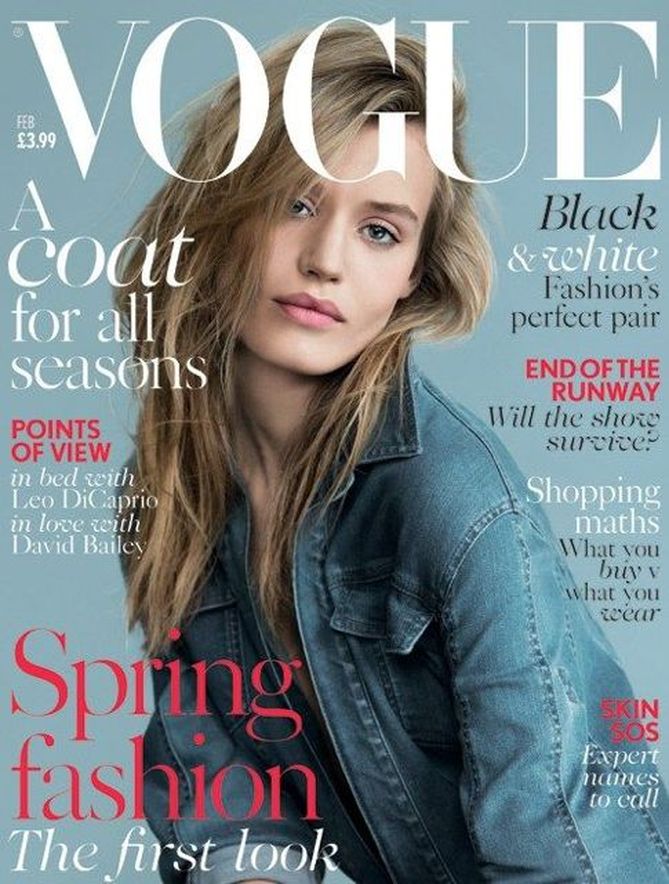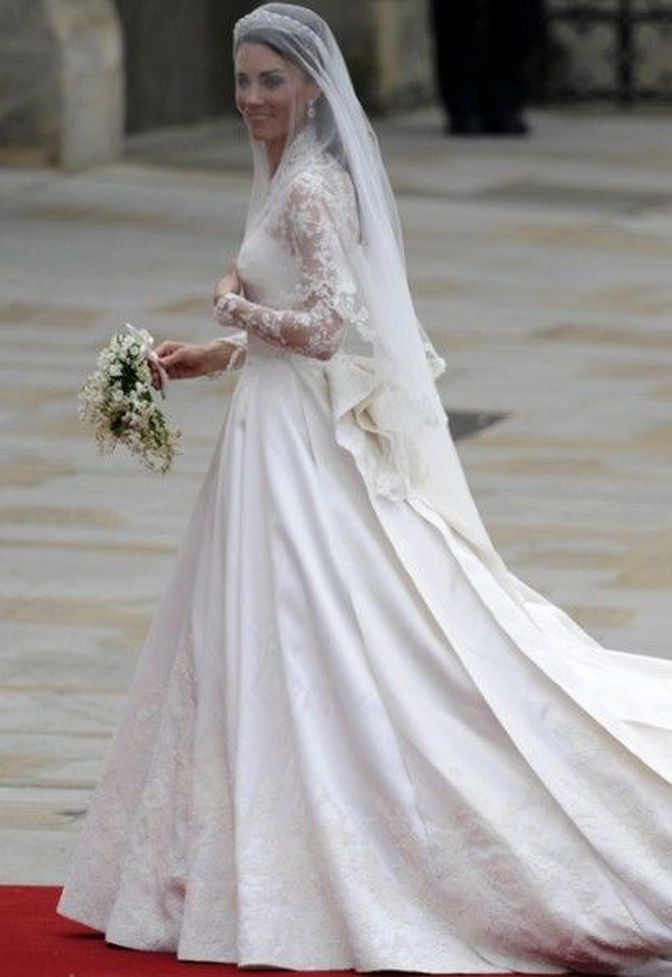BA1 THEORY CLASS - INTRODUCTION TO THEORY - APPROACHES TO STUDYING FASHION
http://www.pinterest.com/pcourtenay1/ba1-theory-approaches-to-studying-fashion/
1. FASHION FOR FUN - DRESSING UP AND SHOPPING
Although many students of fashion want to learn about it simply because they like dressing up or shopping for clothes, this doesn't happen in a vacuum. We need to understand why fashion fascinates us and acquire tools that help us make sense of fashion as a cultural phenomenon. This means that we have to understand how different writers have analysed fashion from particular perspectives, that is developed theories of fashion. You may not be interested in theory, but if you ignore it, your understanding of fashion will be limited and one dimensional because it will lack a critical perspective, which make your attitude to fashion shallow. (Craik, 2009, pp.5-6).

Vogue, February 2014.
Fashion for fun
The Vogue website is an excellent resource
http://www.vogue.co.uk/
2. THE HISTORICAL AND THE TECHNICAL - DRESS HISTORY
Traditionally, understanding fashion was the province of dress curators and historians, who were interested in describing and categorising the particular features of apparel and changing forms of dress. This instrumental approach to the study of fashion was called 'dress history'. These analysts interpreted dress as the genre of objects that reflected aspects of design, construction, fabric and aesthetics. (Craik, 2009, p.8).

Mary Quant, 1960s.
Dress history
The V & A website is an excellent resource
http://www.vam.ac.uk/page/f/fashion/
http://www.vam.ac.uk/page/t/textiles/
Dress history
The V & A website is an excellent resource
http://www.vam.ac.uk/page/f/fashion/
http://www.vam.ac.uk/page/t/textiles/
3. THE SOCIAL AND THE THEORETICAL - ANTHROPOLOGISTS, ETHNOLOGISTS AND SOCIAL SCIENTISTS
While dress historians were formally associated with the study of fashion, arguably richer veins were to be found in the work of anthropologists, ethnologists, and the precursors of social scientists ... These theorists were interested in developing so-called grand theories of society and culture as a whole and used the example of dress and fashion as an instance of their general principles. (Craik, 2009, pp.9-10).

South African tribesmen.
Anthropology and ethnology
Anthropology and ethnology
And by the way, hot off this morning's (5.29 am) press ...
A Dutch doctor in South Africa has published graphic images of penises mutilated during botched circumcision ceremonies, angering community leaders who accuse him of meddling in their culture. ...
The Film and Publications Board has restricted the website for under-13s but ruled that it is a "bona fide scientific publication with great educative value".
It added: "The website highlights the malice that bedevils this rich cultural practice. It does not condemn this rich cultural practice but makes a clear plea for it to be regulated so that deaths do not occur." (Smith, 2014).
Old BA learning outcome
Demonstrate knowledge of and engagement with the environment and ethical issues surrounding all stages of the development and production of textiles and fashion.
Demonstrate knowledge of and engagement with the environment and ethical issues surrounding all stages of the development and production of textiles and fashion.

Corset, 1883.
Social science - Veblen and 'conspicuous consumption'
Social science - Veblen and 'conspicuous consumption'
4. THE SOCIAL AND THE THEORETICAL - SOCIAL PSYCHOLOGISTS AND SOCIOLOGISTS
As the twentieth century progressed, fashion attracted other disciplinary perspectives that focused on the fashion phenomenon as specific social system itself rather than just seeing it as an example of general social principles. (Craik, 2009, p.11).

Kate Middleton wedding dress, Sarah Burton for Alexander McQueen, 2012.
Social psychologists and sociologists - fashion and status
Prince George's christening
http://www.theguardian.com/uk-news/2013/oct/23/prince-george-christening-live-blog
Social psychologists and sociologists - fashion and status
Prince George's christening
http://www.theguardian.com/uk-news/2013/oct/23/prince-george-christening-live-blog
5. THE SOCIAL AND THE THEORETICAL - INTERDISCIPLINARY APPROACHES
From the 1960s, critiques of cultural theory began to question these compartmentalised and one-dimensional approaches to understanding social and cultural phenomena, and approaches that were more inclusive and less prescriptive were developed. These approaches have been called variously structuralist, semiotic, postmodern, and poststructuralist. (Craik, 2009, p.13).

Chanel, spring/summer 2014.
Interdisciplinary - 'Little white dress' semiotics
Interdisciplinary - 'Little white dress' semiotics
REFERENCE
Craik, J. (2009) Fashion - the key concepts. Oxford: Berg.
Smith, D. (2014) 'South African traditional leaders attack graphic male circumcision website', Guardian 29 January [Online]. Available at: http://www.theguardian.com/world/2014/jan/29/south-africa-doctor-website-botched-male-circumcision-criticised (Accessed 30 January 2014).
Craik, J. (2009) Fashion - the key concepts. Oxford: Berg.
Smith, D. (2014) 'South African traditional leaders attack graphic male circumcision website', Guardian 29 January [Online]. Available at: http://www.theguardian.com/world/2014/jan/29/south-africa-doctor-website-botched-male-circumcision-criticised (Accessed 30 January 2014).
